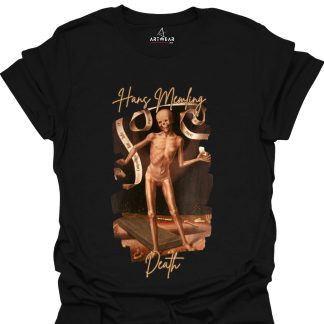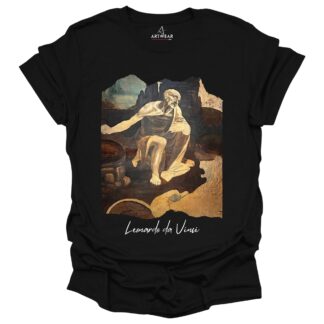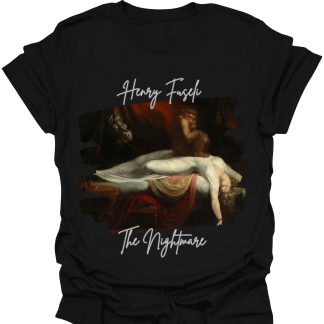
Leonardo da Vinci, the quintessential Renaissance man, is renowned for his unparalleled contributions to both art and science. Among his myriad works, the Vitruvian Man stands out as a singular masterpiece that embodies the harmonious blend of anatomical precision and aesthetic beauty. This drawing, created around 1490, encapsulates Leonardo’s deep understanding of human proportion, his meticulous observational skills, and his unyielding quest for knowledge.
The Conception and Inspiration
The Vitruvian Man is inspired by the ancient Roman architect Vitruvius, who in his treatise “De Architectura,” posited that the human body’s proportions reflect a cosmic order. Vitruvius believed that an ideally proportioned body could be used as a model for architectural harmony. Leonardo took these ideas and expanded upon them, merging classical knowledge with his own empirical observations.
The Drawing and Its Symbolism
The drawing depicts a nude male figure in two superimposed positions with his arms and legs apart, inscribed within both a square and a circle. This dual pose illustrates how the human body can fit into both geometric shapes, symbolizing the intersection of the earthly (the square) and the divine (the circle).
Leonardo’s notes accompanying the drawing explain the proportions: for instance, the length of a man’s outspread arms is equal to his height, and other ratios like the distance from the hairline to the bottom of the chin, which is one-tenth of a man’s height. These detailed annotations reveal Leonardo’s dedication to understanding the body’s symmetry and structure.
Scientific Precision and Artistic Grace
Leonardo’s Vitruvian Man is not just a study of human anatomy; it is a testament to the artist’s precision and artistic grace. His keen eye for detail and deep knowledge of anatomy were revolutionary. He dissected numerous corpses to study the muscles, bones, and organs, which allowed him to render the human form with unprecedented accuracy. The Vitruvian Man is a culmination of these studies, reflecting both the complexity and the beauty of the human body.
The figure’s dynamic pose, the delicate lines, and the careful shading showcase Leonardo’s artistic mastery. The lifelike representation of the body, with its fluid contours and sense of movement, captures the essence of human vitality and strength.
Legacy and Influence
The Vitruvian Man has transcended its original context to become a universal symbol of humanism and the Renaissance spirit. It exemplifies the period’s adage, “Man is the measure of all things,” underscoring the era’s emphasis on human potential and the pursuit of knowledge.
This iconic image has influenced countless fields, from art and architecture to biology and anthropology. It has become a symbol of the unity of art and science, inspiring modern thinkers and creators to pursue a holistic understanding of the world.
In popular culture, the Vitruvian Man continues to resonate, appearing in diverse contexts from textbooks and advertisements to films and digital media. Its enduring appeal lies in its perfect encapsulation of the human endeavor to understand and celebrate our place in the cosmos.
Conclusion
Leonardo da Vinci‘s Vitruvian Man is more than a drawing; it is a profound statement about the human condition. Through this artwork, Leonardo not only illustrates the proportions of the human body but also bridges the gap between art and science, embodying the Renaissance ideal of a comprehensive and unified understanding of the world. As we continue to explore and innovate, the Vitruvian Man remains a timeless reminder of our quest for knowledge and our appreciation of the intrinsic beauty of the human form.







